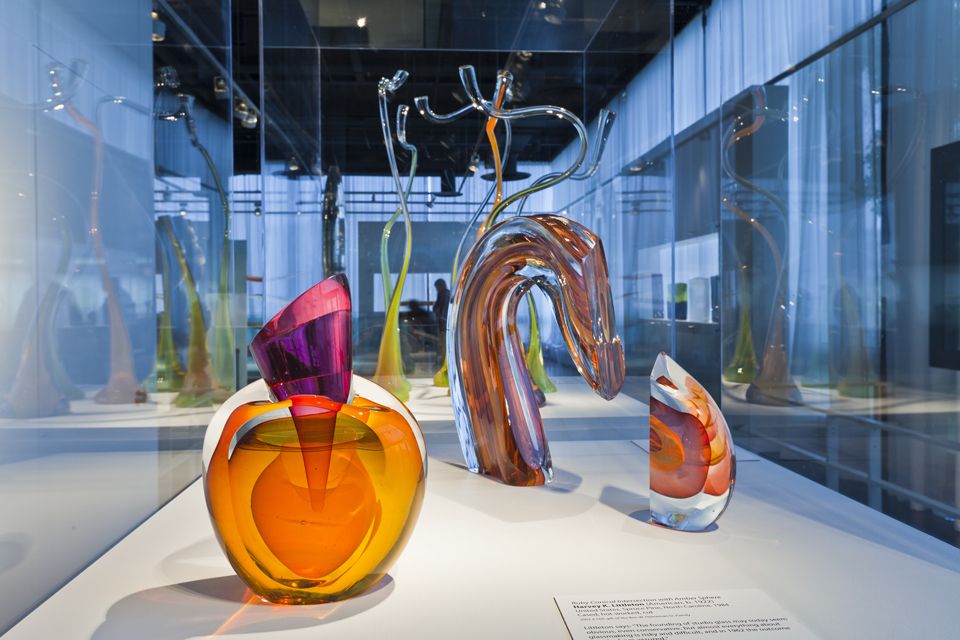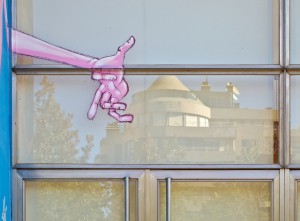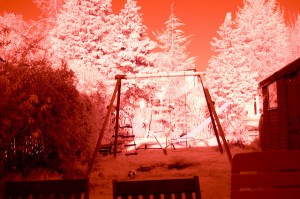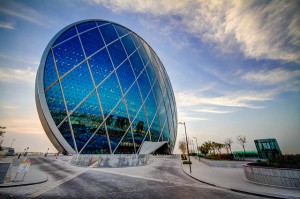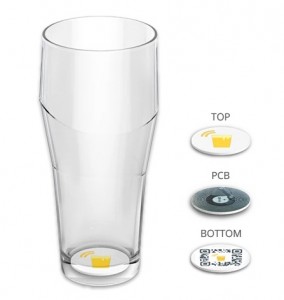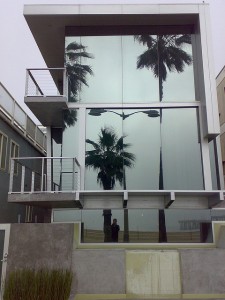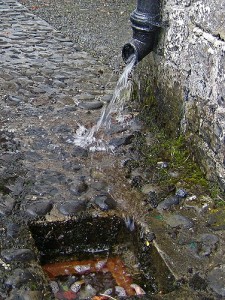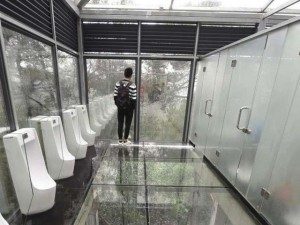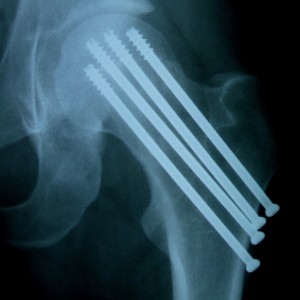Corning Museum of Glass Is Worth The Trip
If you like glass, one of your “bucket list” items should be a visit to the Corning Museum of Glass in Corning, NY. The museum features a veritable history of glass, and its collection includes pieces dating back to 3,500 BC. The Museum was founded in 1951 and operated in its original space until 1978. A new building was designed and built. It opened in 1980. An expansion was completed in 1996 and houses additional parts of the collection.
Part of the motivation for building a new space was the damage the Museum suffered during Hurricane Agnes in 1972. The collection was severely impacted by more than five feet of flood waters that entered the Museum following the hurricane. Not all of the affected parts of the collection were glass. Hundreds of rare books were also damaged in the aftermath of the hurricane. The Museum reopened about two months after the hurricane, but full restoration of the 13,000-piece collection took more than two years. Since that time, the museum’s collection has expanded to more than 40,000 pieces.
The collection features a wide range of glass and glass-related items, including pieces from both historical and contemporary artists. The collection includes pieces that date back to the earliest societies, the Roman Empire, the Middle East, various significant periods in European history, Asian glass items and items from North America. The Museum features both special and permanent collections of glass and glass-related items.
The Museum is more than just a place to look at glass. Visitors can also interact with hands-on displays, glassmaking demonstrations, glass blowing demonstrations, and of course glass-breaking demonstrations. The Museum sponsors glass making demonstrations on certain Celebrity cruise ships, as well.
Aside from displaying, cataloging and interpreting the history and significance of glass, the Museum also conducts glass research. Much of the research focuses on the history of glassmaking, glass conservation and glass material research. The museum is located in Corning, NY and is open open daily, with the exception of New Year’s Day, Thanksgiving Day, Christmas Eve and Christmas Day.
Glassprimer™ glass paint is a specialized glass coating that bonds permanently to glass surfaces. GlassPrimer also makes a glass surface molecular activator that is designed to work with UV-inkjet glass printing processes. For more information about Glassprimer™ glass paint, please visit the rest of our site. If you’d like to purchase Glassprimer™ glass paint, please visit our online store
Photo Credit: Chris Dlugosz, via Flickr.com

